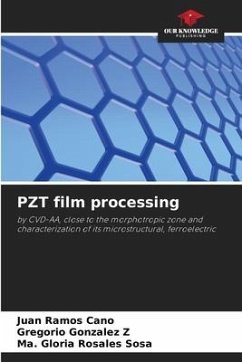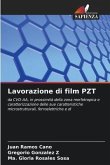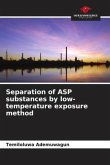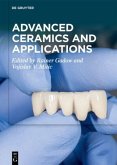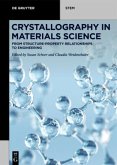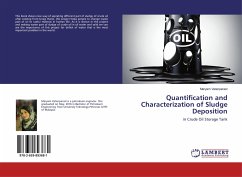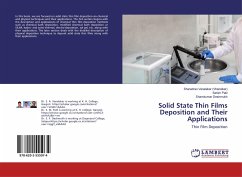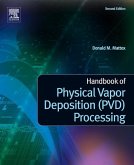In the last four decades the development of the microelectronics industry has set the trend in the production of ultra-thin (with nanometric microstructure) and ultra-pure (without impurities or defects) materials that guarantee an increase in the functional efficiency of their parts with the smallest possible volume. The general objective of this work was to synthesize (deposition and annealing) ferroelectric Lead Titanate (PT) films deposited on Pt/Ti/SiO2/Si <100> substrate. The method used was CVD-AA due to the above mentioned. In general in this type of films annealing is a necessary step to obtain the desired Perovskite (ferroelectric) phase. The work includes its respective gravimetric thermal analysis, and its crystallographic and microstructural characterization. Among the results obtained we can mention that the films presented good chemical and structural homogeneity at micrometric level, the phases present in the films corresponded to the desired ones, where the ferroelectric domains were observed.
Bitte wählen Sie Ihr Anliegen aus.
Rechnungen
Retourenschein anfordern
Bestellstatus
Storno

